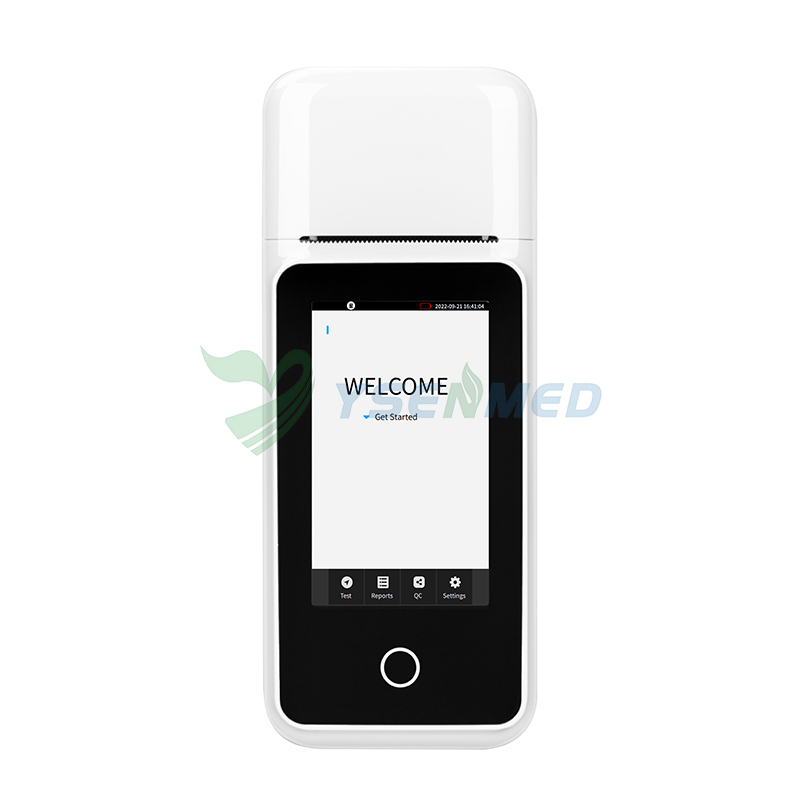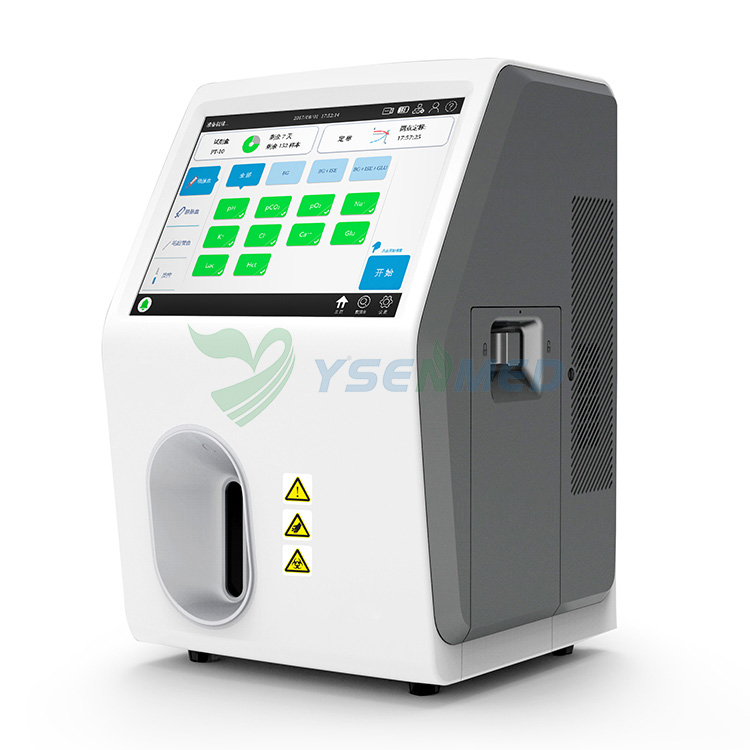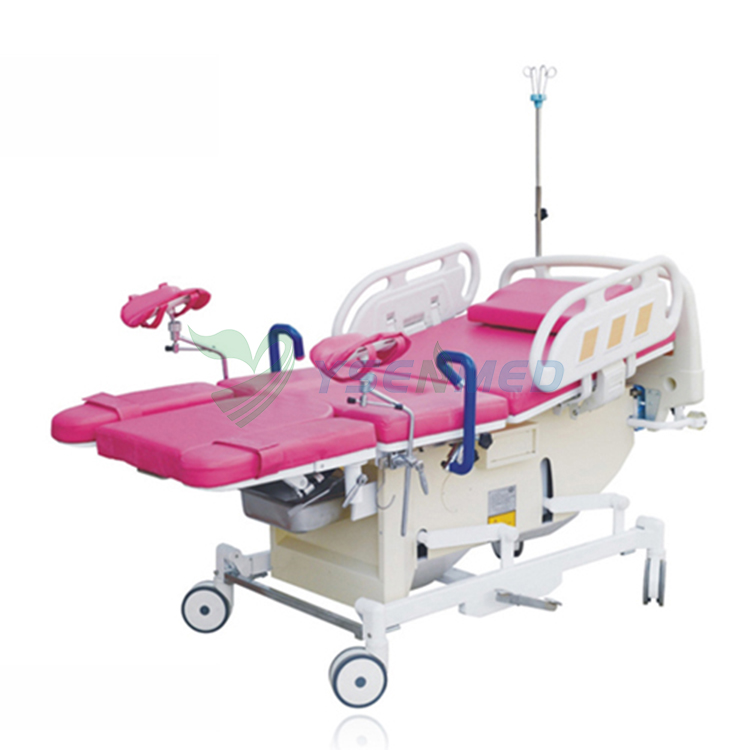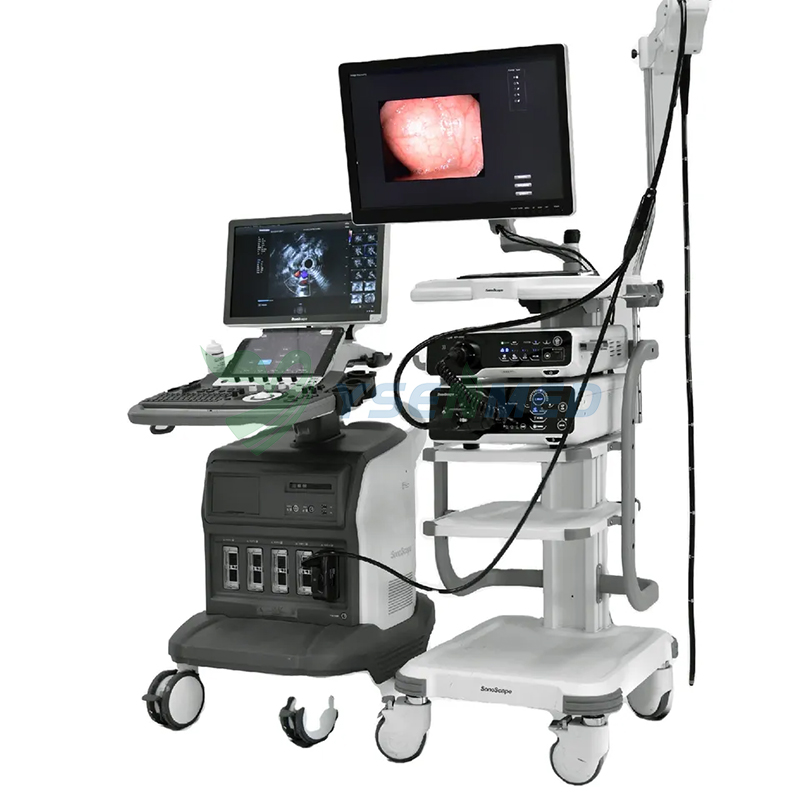Title: On the Frontlines of Resuscitation: The Role of Automated External Defibrillators (AEDs)
Introduction:
Automated External Defibrillators (AEDs) have emerged as crucial lifesaving devices that play a pivotal role in the early management of sudden cardiac arrest (SCA) incidents. These portable electronic devices are designed to deliver a therapeutic shock to restore normal heart rhythm in individuals experiencing cardiac arrhythmias. In this article, we delve into the significance, functionalities, applications, and benefits of AEDs, highlighting their indispensable role on the frontlines of resuscitation efforts.
Understanding Automated External Defibrillators (AEDs):
Automated External Defibrillators (AEDs) are compact, user-friendly devices equipped with sophisticated electronics and software algorithms designed to analyze a patient's cardiac rhythm and deliver an electrical shock if a life-threatening arrhythmia, such as ventricular fibrillation (VF) or pulseless ventricular tachycardia (VT), is detected. AEDs are intended for use by bystanders, first responders, and healthcare professionals in emergency situations where immediate defibrillation is required to improve the chances of survival.
Functionalities and Components:
Electrode Pads: AEDs come equipped with electrode pads that are placed on the patient's chest to detect the heart's electrical activity and deliver a therapeutic shock if necessary. These pads typically have adhesive backing to facilitate secure placement and optimal contact with the skin, ensuring accurate rhythm analysis and shock delivery.
Rhythm Analysis Algorithm: AEDs incorporate sophisticated rhythm analysis algorithms that analyze the patient's cardiac rhythm to determine whether a shockable rhythm, such as VF or pulseless VT, is present. The algorithm evaluates the frequency, morphology, and regularity of the heart's electrical signals to make rapid and accurate decisions regarding shock delivery.
Shock Delivery Mechanism: AEDs are equipped with a shock delivery mechanism that delivers a therapeutic electrical shock to the patient's heart when indicated. The shock is typically delivered through the electrode pads in a biphasic waveform, which has been shown to be more effective than traditional monophasic waveforms in terminating ventricular arrhythmias and restoring normal cardiac rhythm.
Voice and Visual Prompts: AEDs provide user-friendly voice and visual prompts to guide rescuers through the resuscitation process, including instructions for electrode pad placement, rhythm analysis, and shock delivery. These prompts are designed to be clear, concise, and easy to follow, even for individuals with minimal or no medical training.
Automated Self-Testing: To ensure reliability and readiness for use, AEDs undergo automated self-testing routines at regular intervals to check the integrity of the device, battery status, electrode pad connectivity, and functionality of the rhythm analysis algorithm. Self-testing alerts users to any potential issues or maintenance requirements, ensuring that the AED is always prepared for deployment in emergency situations.
Applications Across Settings:
Public Spaces: AEDs are commonly deployed in public spaces such as airports, shopping malls, sports stadiums, and office buildings to provide rapid access to defibrillation in the event of sudden cardiac arrest. Public access defibrillation programs aim to increase the availability of AEDs in high-traffic areas and improve the likelihood of early defibrillation by bystanders.
Healthcare Facilities: AEDs are essential equipment in healthcare facilities, including hospitals, clinics, and ambulatory care centers, where they are used by healthcare providers to respond to cardiac arrest events occurring within the facility. AEDs are often integrated into code blue response protocols and emergency response teams to facilitate prompt defibrillation and resuscitation efforts.
Emergency Medical Services (EMS): AEDs are standard equipment on ambulances and emergency response vehicles operated by EMS providers. Paramedics and emergency medical technicians (EMTs) are trained to use AEDs as part of their advanced life support protocols to provide rapid defibrillation and critical care interventions to patients experiencing cardiac arrest in the pre-hospital setting.
Schools and Educational Institutions: AEDs are increasingly being deployed in schools, colleges, and educational institutions to ensure the safety of students, faculty, and visitors. School-based AED programs aim to increase awareness of sudden cardiac arrest, train staff and students in CPR and AED use, and create a cardiac-safe environment conducive to early defibrillation and effective resuscitation.
Community-Based Organizations: Community-based organizations such as churches, community centers, and recreational facilities may also invest in AEDs to enhance community resilience and preparedness for cardiac emergencies. Community CPR and AED training initiatives empower lay rescuers to respond confidently and effectively to sudden cardiac arrest incidents in their neighborhoods and public gathering places.
Benefits and Advantages:
Improved Survival Rates: AEDs significantly improve survival rates for individuals experiencing sudden cardiac arrest by delivering prompt defibrillation within the critical first few minutes of onset. Early defibrillation is the most effective intervention for terminating ventricular arrhythmias and restoring spontaneous circulation, increasing the likelihood of survival with good neurological outcomes.
Ease of Use: AEDs are designed to be user-friendly and intuitive, making them accessible to bystanders and lay rescuers with minimal or no medical training. Voice and visual prompts guide users through each step of the resuscitation process, enabling timely and effective intervention in high-stress emergency situations.
Time-Sensitive Intervention: Sudden cardiac arrest is a time-sensitive medical emergency that requires immediate intervention to maximize the chances of survival. AEDs enable bystanders to initiate defibrillation within the critical first few minutes of cardiac arrest, when the chances of successful resuscitation are highest and neurological injury is minimized.
Portable and Versatile: AEDs are portable, lightweight, and battery-operated devices that can be easily transported to the site of a cardiac arrest incident. Their compact design and durability make them suitable for deployment in a wide range of settings, including public spaces, healthcare facilities, and pre-hospital environments.
Cost-Effective Solution: AEDs offer a cost-effective solution for improving survival from sudden cardiac arrest compared to traditional defibrillators or manual CPR alone. The widespread deployment of AEDs in public settings and communities enables early defibrillation by bystanders, reducing the burden on EMS systems and healthcare resources associated with delayed or ineffective resuscitation efforts.
Advancements and Innovations:
Smart AED Technology: Advances in smart AED technology incorporate connectivity features, real-time data transmission, and remote monitoring capabilities to enhance AED management, maintenance, and oversight. Smart AEDs can alert designated personnel or EMS providers to the location of a deployed device, provide usage data and analytics for




